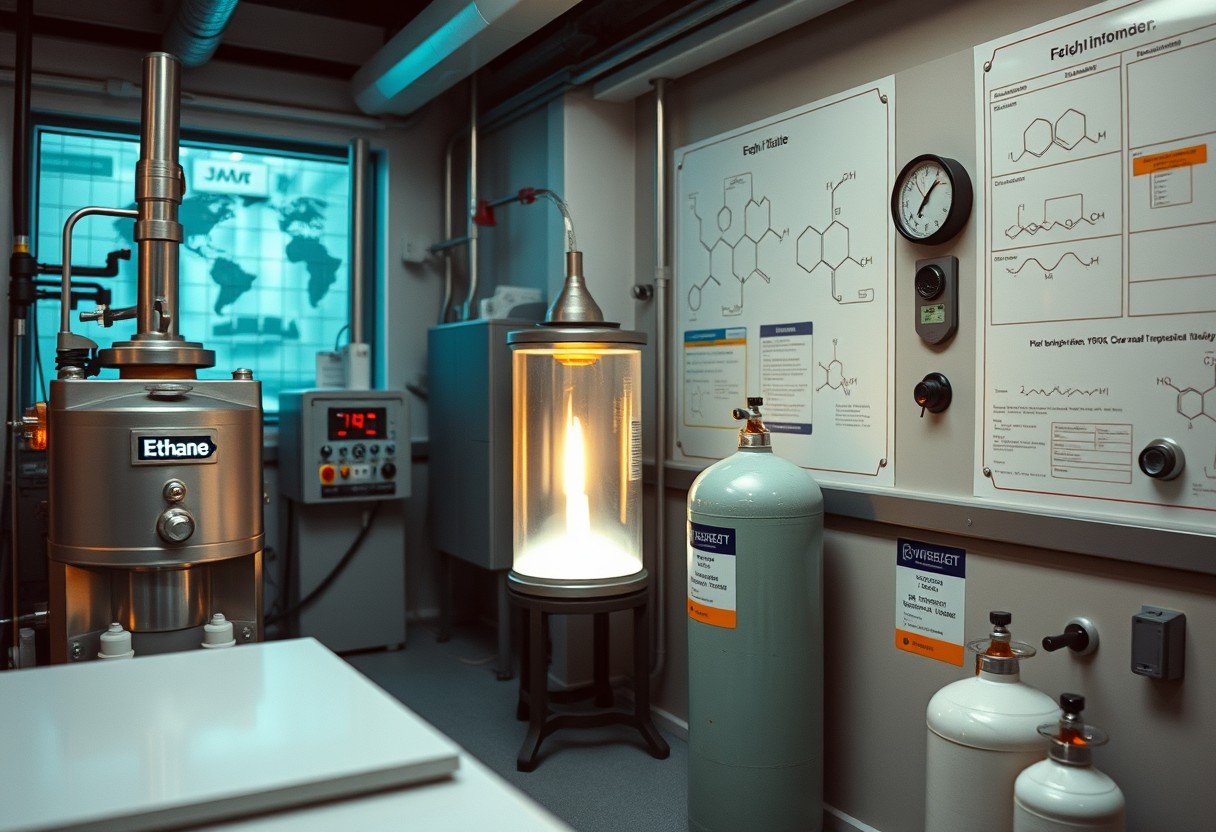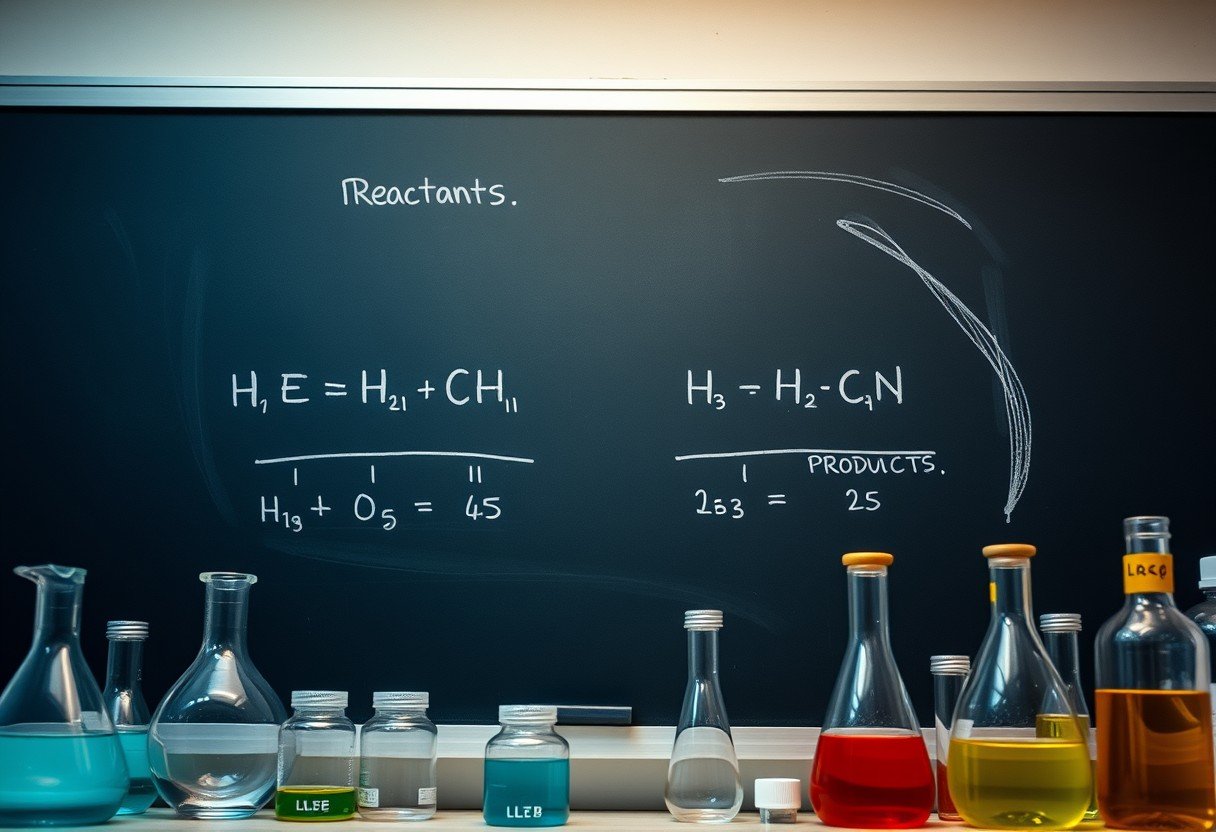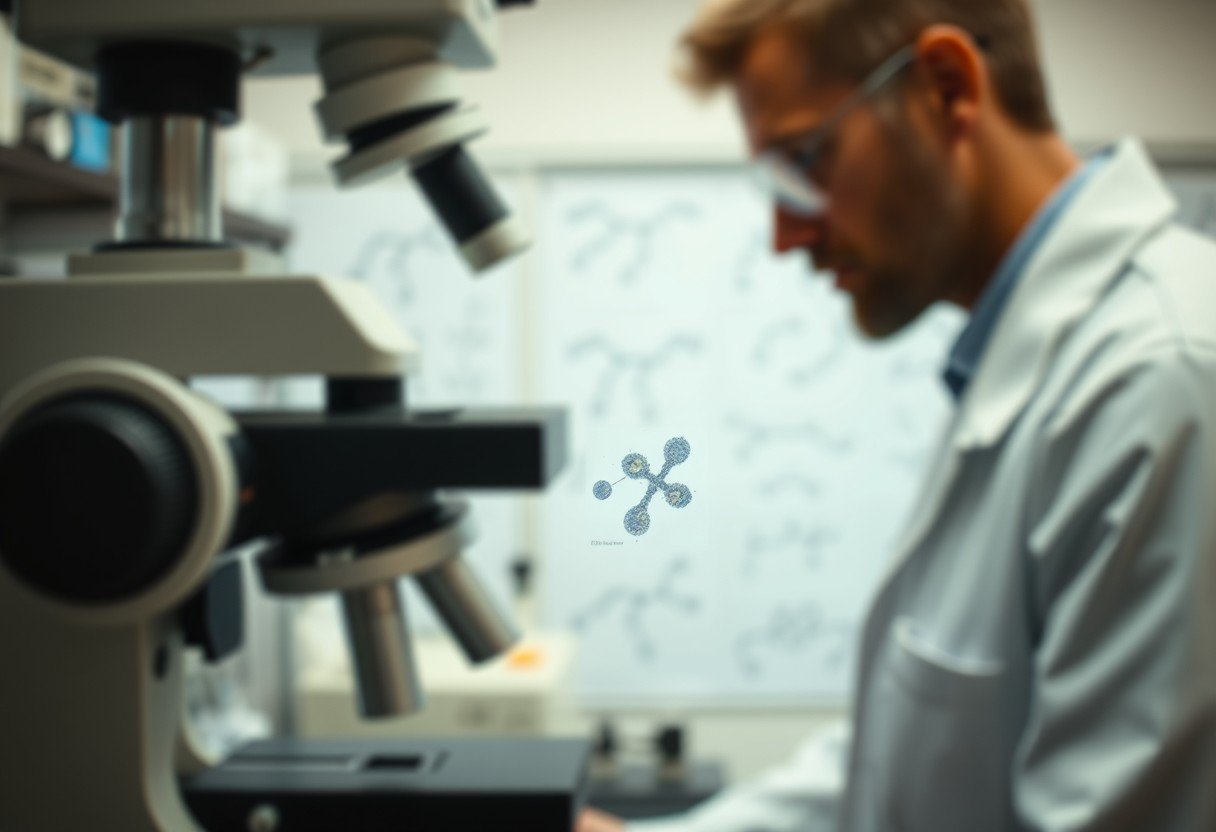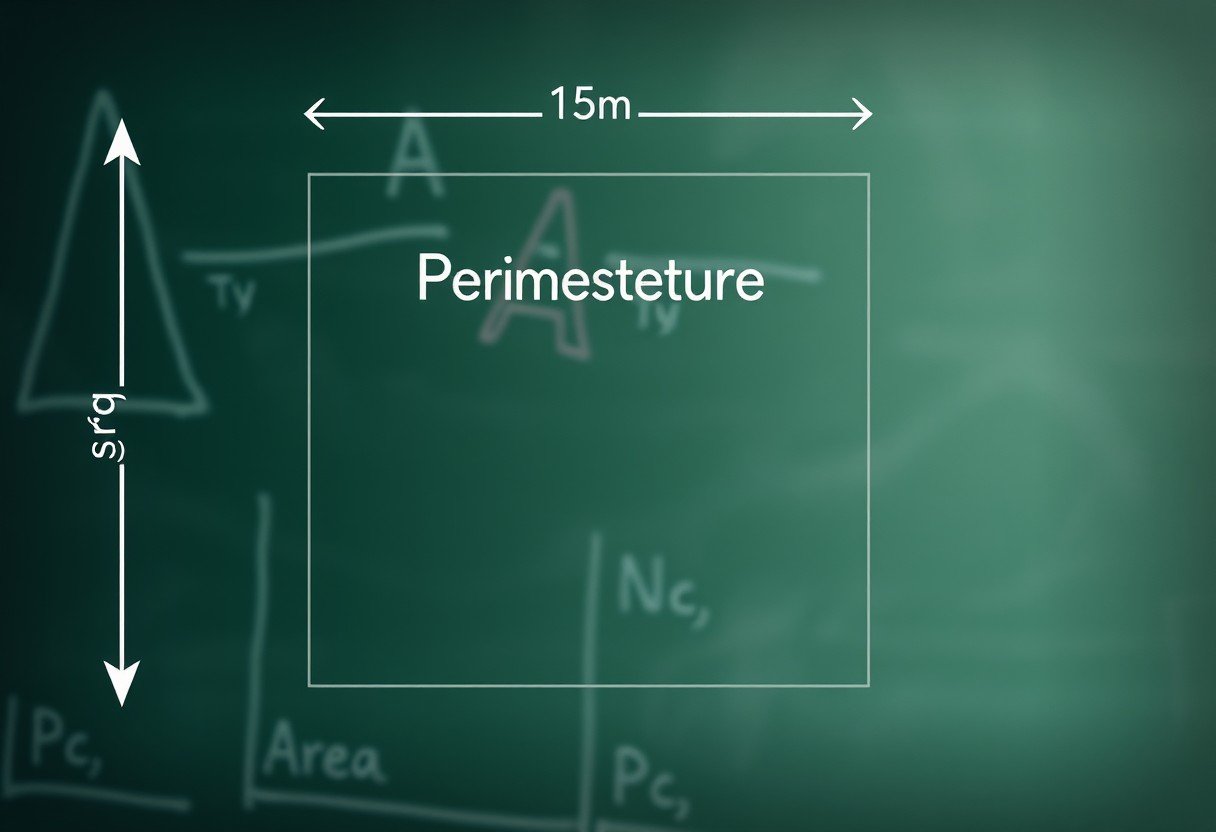Understanding the mean free time for electrons in an aluminum wire helps us see how electricity works at a tiny level. It’s the average time an electron travels before bumping into an atom inside the wire. This concept is key to knowing why some materials, like aluminum, are great for electrical wiring in our homes and power lines, as it directly affects how efficiently electricity can flow.
What is Mean Free Time in Simple Terms?
Imagine an electron as a tiny ball trying to move through a pinball machine. The Mean Free Time (MFT) is the average time that ball travels before it hits a bumper. In an aluminum wire, these “bumpers” are the aluminum atoms and any impurities.
A longer mean free time means the electron can travel for a longer duration without a collision. This is great for conducting electricity because fewer collisions mean less resistance and a smoother flow of current. Think of it as a clear highway versus a road with lots of stop signs.
This tiny time gap, often just fractions of a second, is a huge factor in determining a material’s electrical conductivity. For engineers and scientists, understanding MFT is crucial for choosing the right materials for everything from tiny computer chips to massive power grids.
What Affects Electron Collisions in Aluminum?
Several factors can change how often electrons collide inside an aluminum wire, which directly impacts the mean free time. These are like changing the conditions of the road for the traveling electrons. Managing these factors allows for the optimization of a wire’s performance.
The main influences are the wire’s temperature, the presence of impurities, and its internal atomic structure. Each one plays a distinct role in either helping or hindering the flow of electrons.
Here are the key factors explained:
- Temperature: When you heat the aluminum wire, its atoms start to vibrate more intensely. This increased movement makes it much more likely for a traveling electron to collide with an atom, which shortens the mean free time.
- Impurities: No material is perfectly pure. Tiny amounts of other elements within the aluminum disrupt the neat, orderly arrangement of atoms. These impurities act like permanent obstacles, increasing the frequency of collisions.
- Crystal Structure: The way aluminum atoms are arranged in a regular, repeating pattern (its lattice structure) creates pathways for electrons. Any defects or irregularities in this structure can force electrons to change course and collide more often.
By controlling these elements, especially during manufacturing, the conductive properties of aluminum can be fine-tuned for specific uses.
How Aluminum’s Structure Helps Electrons Move
Aluminum is a fantastic electrical conductor, and its atomic structure is the main reason why. It has an atomic number of 13, which means a neutral aluminum atom has 13 electrons orbiting its nucleus. The crucial part is that three of these are “valence electrons” in the outer shell.
These valence electrons are not tightly held by the atom. In a solid piece of aluminum, they detach from their individual atoms and form a collective “sea” of electrons that can move freely throughout the entire metal lattice. This mobility of charge carriers is what allows aluminum to conduct electricity so effectively.
When you apply a voltage across an aluminum wire, this sea of electrons is what starts to flow, creating an electric current. Its structure makes it lightweight and corrosion-resistant, but this electron mobility is what makes it so valuable in electrical applications.
Understanding Electron Movement and Resistance
Even with an electric field applied, electrons don’t just zip in a straight line from one end of the wire to the other. Their path is chaotic, filled with constant collisions that knock them off course. This process is known as scattering.
The average velocity electrons achieve in the direction of the current is called drift velocity, and it’s surprisingly slow. The random, high-speed thermal motion of electrons is much faster, but the electric field gives them a tiny, consistent push in one direction, resulting in a net flow.
Scattering mechanisms are the cause of electrical resistance. Every time an electron collides with a lattice ion or an impurity, it loses energy and changes direction. A longer mean free time means less scattering, which translates to lower resistance and better conductivity.
How is the Mean Free Time Measured?
You can’t measure the mean free time directly with a stopwatch, as it happens on an incredibly small timescale (around 10^-14 seconds). Instead, scientists and engineers calculate it based on other measurable properties of the material.
They conduct experiments to measure the electrical conductivity or resistivity of an aluminum sample under controlled conditions, like varying temperatures. Using formulas from models like the Drude model, they can then derive the mean free time. Comparing these experimental results to theoretical predictions helps refine our understanding of electron behavior.
Real-world measurements often differ slightly from theoretical values because of factors that are hard to model perfectly, such as tiny impurities or microscopic defects in the crystal structure.
Comparison of Values
| Experimental Mean Free Time (ns) | Theoretical Mean Free Time (ns) | |
|---|---|---|
| Sample 1 | 0.5 | 0.6 |
| Sample 2 | 0.45 | 0.55 |
| Sample 3 | 0.48 | 0.58 |
This comparison shows that while theoretical models are very good, practical experiments are essential for validation.
Why Does This Matter in Real-World Technology?
A deep understanding of mean free time has massive practical implications. It directly impacts the efficiency of any device that uses electricity. A longer MFT means higher conductivity, which means less electrical energy is wasted as heat.
This is critical in high-power applications like transmission lines, where aluminum is widely used. Minimizing energy loss over hundreds of miles saves enormous amounts of energy and money.
In the world of electronics, this concept is just as important. For high-speed processors and sensitive circuits, managing resistance and heat is a primary design challenge. By choosing materials with favorable electron collision properties, engineers can create faster, more reliable, and more energy-efficient technology. From your smartphone to the national power grid, the principles of mean free time are at play.
Frequently Asked Questions
What is the Mean Free Time for electrons in an aluminum wire?
The Mean Free Time (MFT) is the average time an electron travels inside an aluminum wire before it collides with an atom or impurity. This time is extremely short, typically between 10^-14 to 10^-13 seconds, and it changes based on factors like the wire’s temperature.
Why is mean free time important for electrical conductivity?
It’s a crucial factor because it determines how easily electrons can flow. A longer mean free time leads to fewer collisions, which results in lower electrical resistance and higher conductivity, making the material a more efficient conductor of electricity.
How does temperature change the mean free time in aluminum?
Increasing the temperature of an aluminum wire causes its atoms to vibrate more. This extra movement increases the chances of an electron colliding with an atom, which shortens the mean free time and reduces the wire’s overall conductivity.
What role do impurities play in mean free time?
Impurities are like tiny obstacles in the path of electrons. They disrupt the regular atomic structure of the aluminum, creating more sites for electrons to scatter. This increases the collision frequency and shortens the mean free time.
Can the mean free time be measured directly?
No, it cannot be measured directly due to the incredibly short timescale. Instead, it is calculated indirectly by measuring the material’s electrical resistivity and using established physics models to derive the mean free time from that data.









Leave a Comment